This is the story of how Segregation helped black people grow and how Integration destroyed them in more ways than one.
Continuing this series, I’ll expose two more systems, and explain the impact they have on black people today. I’m going through these systems because it helps us understand the behavior of so-called blacks and the reason behind their condition.
This series is not setup to excuse sinful behavior but to recognize the systems that play a huge role in engineering conditions and behaviors. Sadly, all of these systems are still going on today. This is not a post-racial America. Many things have not changed.
The last system we talked about was chattel slavery, and how black people were later freed. Now we’ll talk about what happened next.
Segregation
Three years after slavery was abolished by the 13th Amendment, the short-lived Freedmen’s Bureau was set up in transitioning freemen into southern life. It taught them how to read, write and find employment.
Southern states contended that the 13th Amendment could be satisfied if the races were kept separate. The government agreed and left racial segregation up to individual states.
So, for a time in America, there were separate bathrooms, drinking fountains, classrooms, train cars and the list goes on. A court case established the phrase “separate but equal” in which the state was to provide equal, but separate, accommodations for the whites and blacks. But of course there wasn’t going to be any real equality—not in a system of white supremacy.
Although the Constitution required it, the facilities and social services offered to blacks were almost always of lower quality than those offered to whites. For example, black schools received less public funding than nearby white schools—which is still going on today.
Black codes
Soon after slavery was abolished, southern states began to issue laws which freemen called “Black Codes.” These codes had the intent of restricting freedom, and compelling black people to work in a labor economy based on low wages or debt. Their lives were greatly restricted by the Black Codes.
Black Codes restricted their right to own property, conduct business, buy and lease land, and move freely through public spaces. A central part of the Black Codes were vagrancy laws. States criminalized black men who were out of work, or who were not working at a job white people recognized. Failure to pay a tax was considered a debt and because of the debt, the freemen would be subjected to involuntary labor under the law. That, my brothers and sisters, is the system of the devil.
Northern states however had some positive laws for black people. They legalized black marriages and in some cases increased the rights of freedmen to own property and conduct commerce. The north was a better place for blacks back then.
In southern states, this idea that black people were lazy, thieving, vagabonds prone to criminal activity was their justification for trying to force them back into “work.” In addition to being convicted of vagrancy, some state law enabled forcible “apprenticeship” of children of impoverished parents, or of parents who did not convey “habits of industry and honesty.”
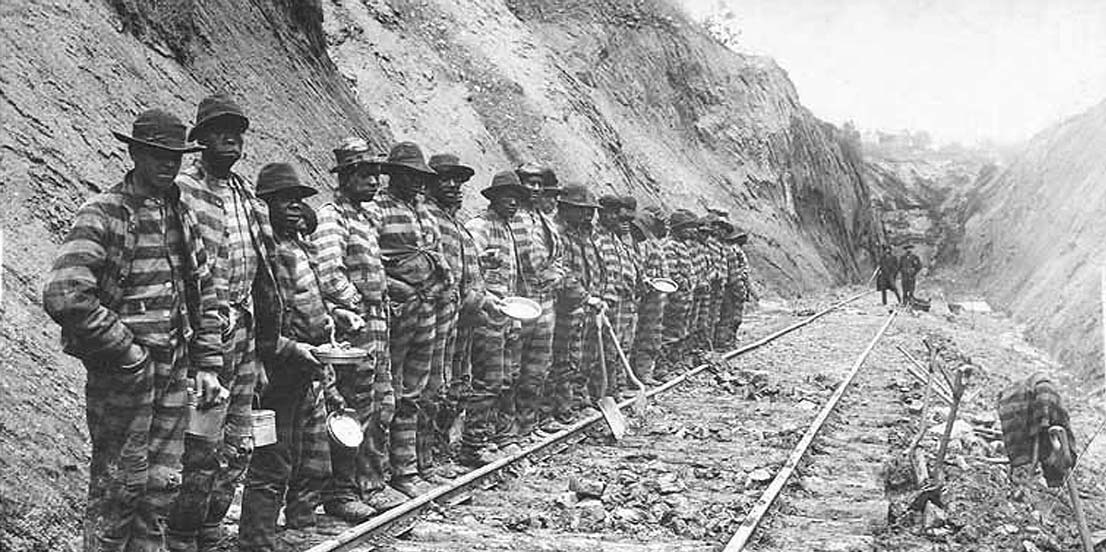
When the north seen that the south was attempting to establish the same slavery system just under a new name, they declared the Black Codes unconstitutional. Black codes only lasted a year after slavery ended (1865-1866) before they were abolished by Congress with the Civil Rights Act of 1866, the 14th Amendment, and the Second Freedmen’s Bureau Bill.
Sundown Towns
At the same time, in most states across America, not just the south, there were “Sundown Towns.” These were cities or towns which had laws that stated that black people had to leave the town by sundown, or couldn’t be found walking at night except under supervision of a white resident. If blacks didn’t comply with these laws, they could be picked up by the police, jailed or worse.
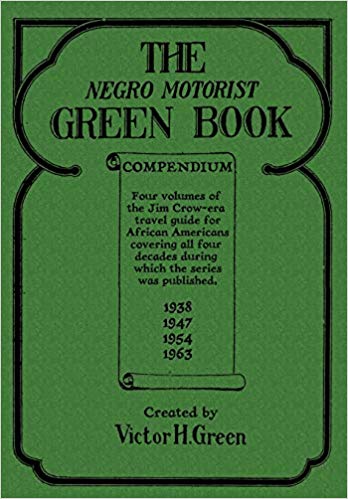
It got so bad that they had to publish a travel guide for black people called “The Negro Motorist Green-Book.” There were at least 10,000 ‘sundown towns‘ in the United States as late as the 1960s.
This is the power of racism/white supremacy and this mindset is still held today. It’s advised to be very careful when driving through the southern states because the spirit of racism is strongest there. Road trips for blacks can be dangerous, there was this phenomenon back then of black travelers just “disappearing.”
Jim Crow
After the Black Codes were removed, a set of laws were created called “Jim Crow”. Jim Crow was not a person, but a set of laws mandating the segregation of public schools, public places, public transportation, restrooms, restaurants, drinking fountains, the military, and federal workplaces.
While vagrancy laws were abolished and black people supposedly had rights as equal citizens, they were still being discriminated against. Jim crow segregation went on from 1892-1965—that’s 72 years. Later on, the remaining Jim Crow laws were overruled by the Civil Rights Act of 1964 and the Voting Rights Act of 1965, but years of action and court challenges were needed to unravel numerous means of institutional discrimination.
The impact of Segregation
Segregation didn’t quench the anger of southerners for their lost of the war, or the lost of their slaves—it made it all the worse. The fact that they couldn’t profit off of free labor, and that most blacks didn’t return to Africa, bothered them greatly having to see them everyday. The idea that black people were destined for servitude also remained in their minds which led to them finding “creative” ways to oppress and control them.
Racism operates in the spirit of Jezebel. Jezebel is like a parasite to its victims. It needs them to survive, and it absolutely hates when those people wake up and get free from its control. Likewise, freedom often results in punishment as southern whites frequently terrorized blacks for theirs. From my research, between 1880 and 1951, there were some 3,437 lynchings of black people. These people were so barbaric they would take pictures with their children, wife and kinsmen along with the dead body as if the black man was wild game.
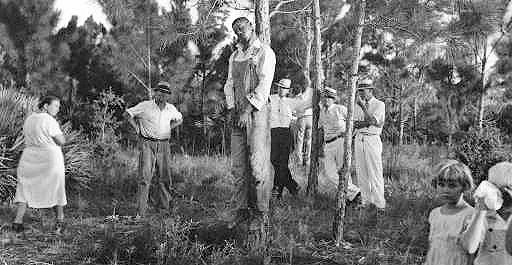
How segregation affected blacks
Segregation was setup by whites so naturally the provision given to black people by their former oppressors was low quality. It would’ve been great if blacks were simply left alone, but that’s not how it works in Satan’s kingdom, and as we know, their freedom led to whites frequently terrorizing them.
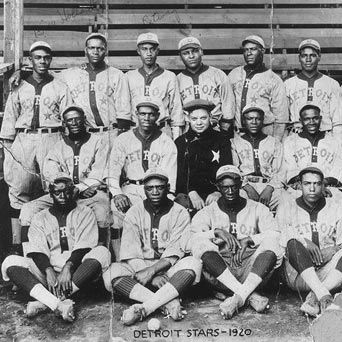
However, segregation had some positives. It kept blacks together. They were able to rebuild their families. They built businesses and flourished. When whites didn’t accept them into the baseball league, they created their own baseball league. When they weren’t accepted at the white-owned diner, they created their own. When they weren’t represented in the local newspaper, they created their own newspaper.
While there was still white terrorists throughout America, the black community was coming together and repairing itself. They had to stick together—the majority of everyone else hated them. From the late 1800s to the mid 1950s, black people were growing and recovering. Marcus Garvey and his UNIA and the Nation of Islam were notable movements at that time which sought to improve the conditions of blacks, apart from government assistance and begging whites.
Successful black communities
In 1910, there was Greenwood, Tulsa, Oklahoma famously known as “Black Wall Street.” This was a neighborhood home to several lawyers, realtors, doctors, and prominent black businessmen, many of them multimillionaires.
There was a variety of thriving businesses such as grocery stores, clothing stores, barber shops, banks, hotels, cafes, movie theaters, two newspapers, and many contemporary homes—all black owned and operated. Greenwood residents enjoyed many luxuries that their white neighbors did not, including indoor plumbing and a remarkable school system. The dollar circulated 36 to 100 times, sometimes taking a year for currency to leave the community.
In the early 1900s, the population in Rosewood, Florida had become predominantly black. Some people farmed or worked in local businesses. Rosewood Blacks had three churches, a school, a large Masonic Hall, turpentine mill, a sugar cane mill, a baseball team and a general store. The village had about two dozen plank two-story homes, some other small houses, as well as several small unoccupied plank structures.
Around the same time, Washington DC’s black community was the largest and most prosperous in the country, with a small but impressive upper class of teachers, ministers, lawyers and businessmen concentrated in the LeDroit Park neighborhood near Howard University.
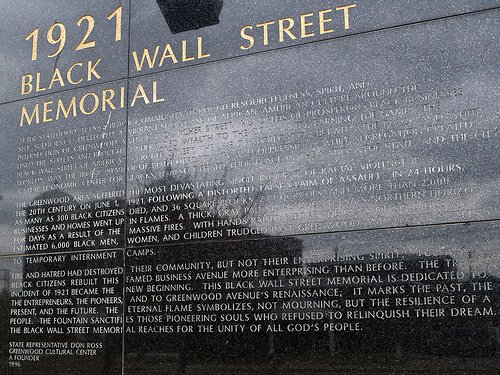
I could go on and on about the worldly successes black communities had under segregation but I’ll stop here. Tragically, the three communities I mentioned and many more like it ended up being destroyed by media-manipulated angry mobs of white people who massacred most of the inhabitants, stole any remaining wealth, and burned these towns to the ground (read about these massacres here).
Were communities like these rebuilt? They were. But why is it that, today, the great majority of black communities are ghettos, with nobody really owning anything? One word: Integration.
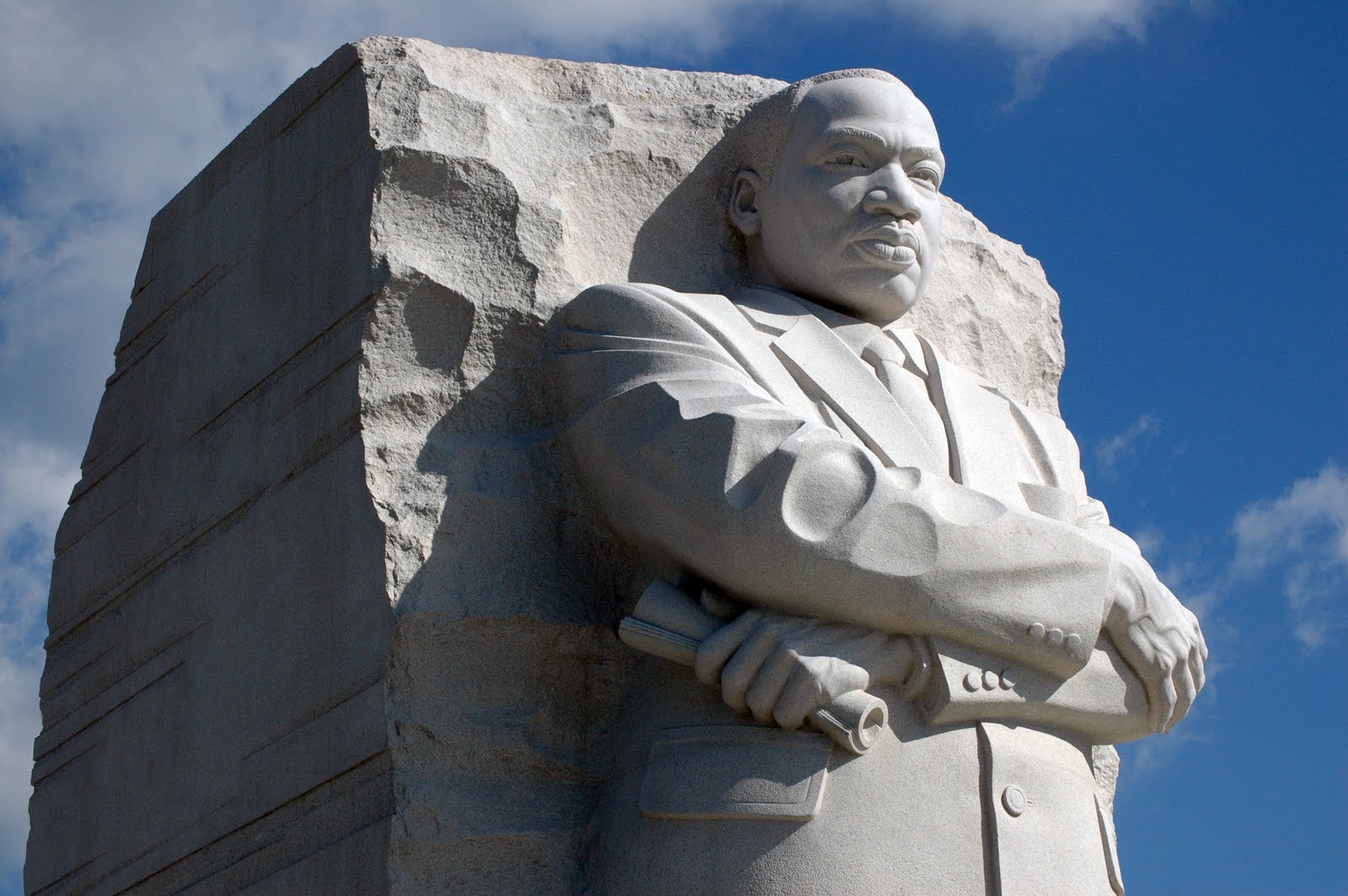
The enemy of mankind is relentless and never gives up. He’s always fighting to control, disempower and dominate. While blacks were freed from slavery, southerners kept trying to find ways to oppress, control and use blacks as they did before. In a world ruled by Satan, freedom is something you have to maintain because it can always be taken from you—this applies to both spiritual and physical freedom.
Integration

The Black Civil Rights Movement was the response to Jim Crow segregation, and the overall terror black people faced in America. The goals of the movement were to end racial segregation and discrimination and to secure legal recognition and federal protection of the citizenship rights declared in the Constitution. In my studies of the movement, it was if they thought the law could change the hearts of men.
Within the movement there were two competing ideas though. One idea was that is was better to separate and establish independence rather than integrate. They also felt that businesses and economic power would be lost if they were to integrate. The side of the group also felt best to return violence when met with physical attacks from white supremacists—Malcolm X and Stokely Carmichael (Kwame Ture) were proponents of that. These two were misunderstood and deliberately vilified by the media. When you really do your research and actually listen to their messages in context you get the real picture.
Then you had the other side who thought they could change the laws and change their conditions. They fought to desegregate white society—something clearly most white people didn’t want. They felt that segregation was an extreme burden. For an example, a black girl had to walk 21 blocks to a black school when there was a white school just 7 blocks away. If not that, it was the poor quality of education, poor public services and overall lack of respect. This side of the movement advocated a nonviolent approach when met with violence. Famous leaders like Martin Luther King Jr., and organizations like the NAACP were involved.
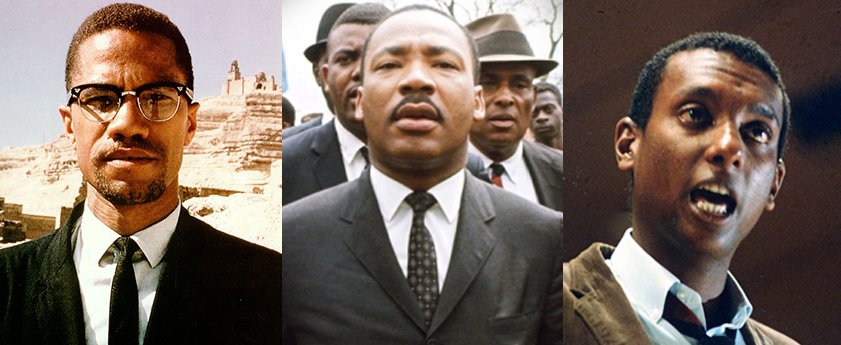
In the end, desegregation won, but I believe, this was a careful move of the devil; and he used black people to do it. Let me explain.

Firstly, watching the footage of the 1960s protests, freedom rides, restaurant sit-ins and so forth; and the violent response from angry white people bothered me. Many blacks were seriously injured and killed in these protests. It bothers me not so much of the behavior of the racist whites, but the fact that these black people were willing to die for equality with people of very low moral character; wanting to live next to, eat next to, learn next to their enemies whom, of today, have yet to apologize, repent, repair and change their wicked ways. That is what bothers me. That is what I find absolutely ridiculous!
The fact that the laws didn’t change the majority of white people’s hearts or behavior should’ve been enough to inform them that protests and marches weren’t going to work. But why were these black people fighting so hard for the right to integrate with their former, unrepentant oppressors? The answer is twofold:
1) These particular people had lost their identity. They thought they were American’s. They believed the lie that that “all men were created equal,” when whites folks were only referring to themselves. Blacks began to think they were the same as white people and therefore deserved the same. Yet it was clear that white people didn’t view them as such. Yes, blacks deserve respect and dignity, as all men do, but to beg and plead with someone who’s not giving it to you, and worse off, has a low moral character, isn’t the right course of action.
2) On top of losing their identity, they went a step further and envied their oppressors (as the bible advises against). They loved and adored all things “white” over their own culture as Willie Lynch brainwashed them to do. The truth of African origin were available even then, yet people on that side of the movement rejected it in favor of American culture.
Here’s what God says about this:
31 Envy thou not the oppressor, and choose none of his ways. 32 For the froward is abomination to the Lord: but his secret is with the righteous. 33 The curse of the Lord is in the house of the wicked: but he blesseth the habitation of the just. 34 Surely he scorneth the scorners: but he giveth grace unto the lowly. 35 The wise shall inherit glory: but shame shall be the promotion of fools.
(Proverbs 3:31-35)
And this movement was supposedly Christian?! How’d they miss these scriptures? Who were their counselors? This just goes to show you the level of perversion in Christianity, then and now, and that their so-called religion was not from Jesus Christ.
The methods by which God does things can’t be what we trust in.
3) Pride was the problem as well. They put their trust in government and their own flesh for liberation. Granted they were freed through government the first time, they failed to realize who actually released them from slavery, it was God himself. He orchestrated the whole thing.
The methods by which God does things can’t be what we trust in. We must trust in him and allow him to guide us through the methods he wants to us to liberate us. While God used government initially, he had a different plan, but foolish black people figured government and marches were valid methods to reuse—this time without God behind them. This is what God has to say about trusting in man:
Thus saith the LORD; Cursed be the man that trusteth in man, and maketh flesh his arm, and whose heart departeth from the LORD (Jeremiah 17:5)
The impact of Integration
Ultimately, black people got cursed again through Integration, because of their envy and pride—wanting to be accepted and respected by a nation of people who were dishonorable to God. Martin Luther King’s dream came to past with some terrible consequences:
Loss of ownership and economic power
Black businesses and wealth slowly disappeared just like some feared. Ownership of businesses meant we had jobs for our community. With jobs meant less poverty. Black businesses created wealth which could be passed down to later generations. Now, with no jobs and no wealth, you have an increase in poverty and crime. Government assistance doesn’t help either, but it make it easier for black people to relax, get lazy and collect a check rather than build again.
As black people are waking up to the fact that they need to start their own businesses and build wealth to strengthen their communities economically, they’re denied loans (called redlining) from, white-owned banks because their oppressors have not changed and continue to practice discrimination. It’s in the best interest of the system of racism/white supremacy that black people don’t become economically empowered. With one trillion dollars in spending power, we keep none of that in our community. Our dollar doesn’t even bounce once! You can blame that on miseducation.
Miseducation

Now that schools were integrated, black people could seemingly get a better education, in a nicer facility, right?
In an article by Daisy Jenkins, published by The Root entitled, “Did Integration fail black children?” Daisy, who was there before and after segregation, spells out the impact of Integration on education. Here’s a few points:
…Black teachers and principals were fired when white and black schools were merged. Estimates show that more than 82,000 black teachers provided instruction to a black student population numbering around 2 million in 1954. Within a span of 10 years, around 40,000 black teachers lost their jobs. Ninety percent of black principals lost their jobs in 11 Southern states…
…The decimation of black educators has had a long-lasting impact. A study by the National Center for Education Statistics found that among 3.3 million teachers in American public elementary and secondary schools in 2012—where minority students are quickly becoming the majority—they were 82 percent white [teachers], 8 percent Hispanic, 7 percent black and about 2 percent Asian…
…The loss of black teachers means that many students have lost contact with their most impactful role models. As black educator Kevin Gilbert told the Associated Press, “Nothing can help motivate our students more than to see success standing right in front of them…”
…This lack of black educators has meant that black students are less valued in general. White teachers, typically women, who are educated in white neighborhoods and white universities, make up the majority of educators in minority classrooms. Many are fantastic, quality teachers and a gift to all students. But many are ill-equipped to meet the educational needs of black students. And studies indicate that they treat black children differently…
…A 2012 study from the American Sociological Association found, “Substantial scholarly evidence indicates that teachers—especially white teachers—evaluate black students’ behavior and academic potential more negatively than those of white students.” Another longitudinal study shows that teacher expectations account for 42 percent of the difference between white and African-American students’ realization of their potential…
When you let your oppressor educate your children they will be miseducated and mistreated. The beginning of school integration was the worse for some children. If your child requires three U.S. marshal escorts to attend school, perhaps your child shouldn’t go to that school—this is absurd!
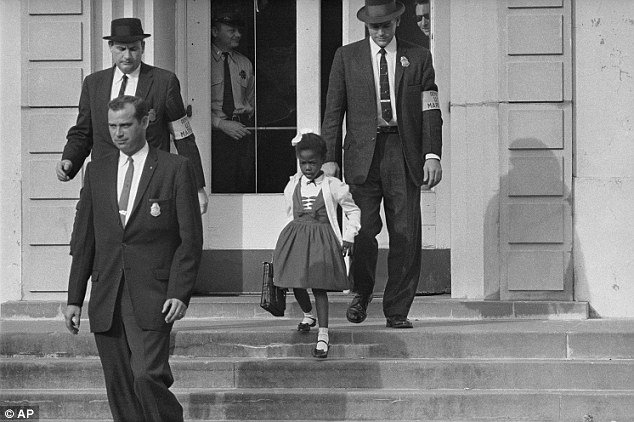
On top of that, school segregation still continues today when whites move to a suburb after the black and/or non-white population gets over 7%. The public schools in the suburbs become predominantly white and the inner city schools become black. And once that’s the case, the quality of education and facilities begins to drop; and we’re right back where we started before Integration.
There are so many other forms of segregation that persist despite laws that I won’t talk about here. The bottom line is Integration destroyed the economic and educational empowerment of black people; and Martin Luther King had a part in spearheading it. Fortunately, MLK may have seen his error towards the end of his life with this quote:
We have fought hard and long for integration, as I believe we should have, and I know that we will win. But I’ve come to believe we’re integrating into a burning house.
Martin Luther King Jr.
The following audio is what Malcolm X had to say about Integration.
Toward the end of Malcolm and Martin’s lives, both men were going to come together and there was evidence by King’s late speeches that his ideas had changed.
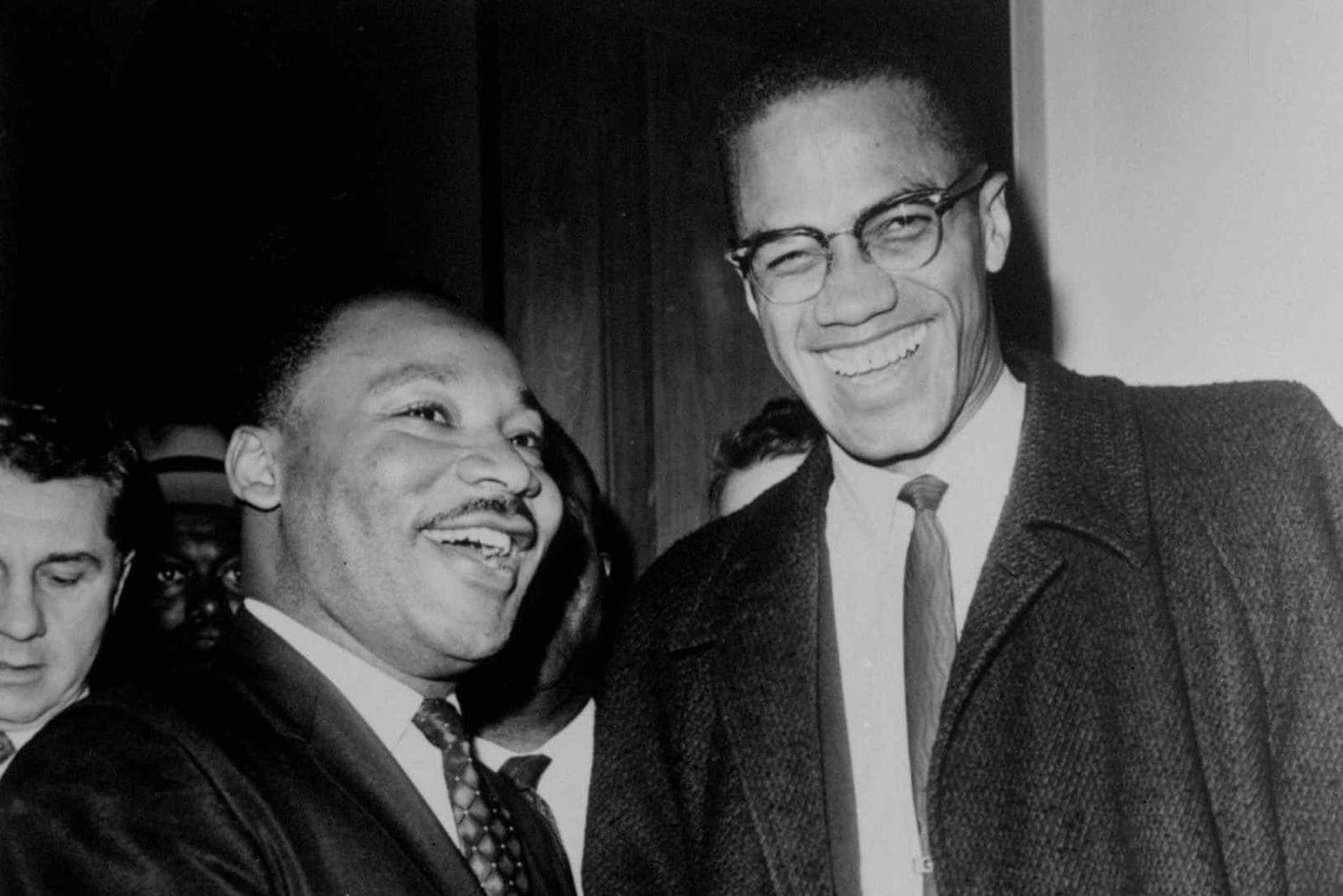
Positives
The positive things Integration brought was the freedom to move about. Just recently, my wife and I went to a white-owned restaurant and set down and ate without being bullied by white folks. We don’t have to avoid sundown towns or be escorted by a white friend in a white neighborhood at night.
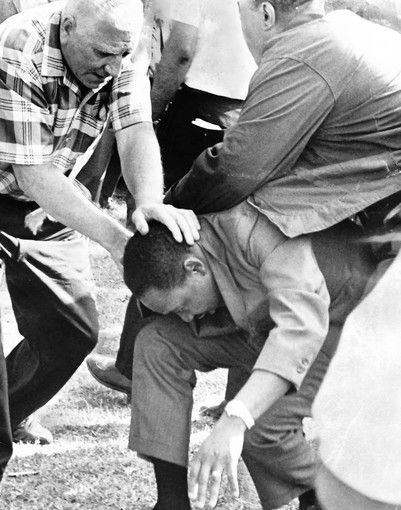
In 1966 Martin Luther King Jr. was stoned during a march he leads (of about 700 people) in Marquette Park, Chicago. 30 others were injured along with Dr. King. He later explained why he put himself at risk: “I have to do this—to expose myself—to bring this hate into the open.”
Integration also helped with turning down the terror against black folks. Martin Luther King and his followers’ non-violent protests ending in beatings and killings of innocent black people broadcasted to the nation for all to see pricked the conscience of whites and revealed just how ugly they were. It led them to tone down their abuse. Lynching became outlawed and groups like the KKK became frowned upon. It became taboo to just outrightly mistreat blacks out in the open like that. But the mistreatment continues through other subtle forms; and through these other systems, many whites don’t feel as guilty.
More Negatives
On some level, King and others who agreed with him, helped suppress the ugliness of racism under political correctness. I much prefer signs that say “No blacks allowed” or “We only hire white people” and things to that effect, rather than operating in an Integrated white-controlled society that pretends to be nice, because overt expression of disdain for me can be punished.
A black man applies for a job with a white company. He’s told he was rejected because he didn’t meet the qualifications. The real reason was that he was black. If both parties were able to non-violently express themselves without punishment, that white company wouldn’t have to waste their time on a black interviewee they knew they weren’t going to hire; and that black man wouldn’t have to waste his time interviewing for a company that doesn’t want him. Instead, Integration turned white people into liars and frustrates and confuses black people today.
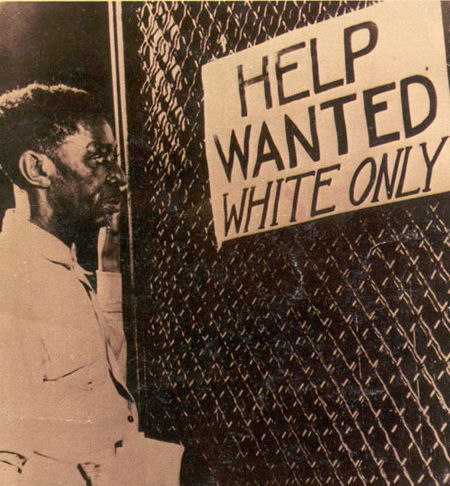
Racism can’t help but be racist, you can’t get rid of it with a law. All a law will do is push it underground leading to it finding clever ways to express itself without getting caught. If white people don’t want to be around blacks, they shouldn’t have to; and it’s better that black people understand this in these cases and stop this ridiculous behavior or trying to demand acceptance into certain groups or institutions that don’t want black people.
Black people just need to discover their true history, build their own stuff and stick together. No other group comes to America talking about they want to integrate. Mexicans find mexicans and begin to build wealth, Asians do the same, Arabs do the same, even Nigerians do it. But black people don’t. Why? You should know why by now.
Overall, Integration wasn’t good for us, and I believe God would’ve worked out the kinks after being freed had we cried out to him instead of looking to the government and ourselves for liberation. The devil took advantage of our pride, gave us what we wanted and the consequences are what we have today. Happy black history month.
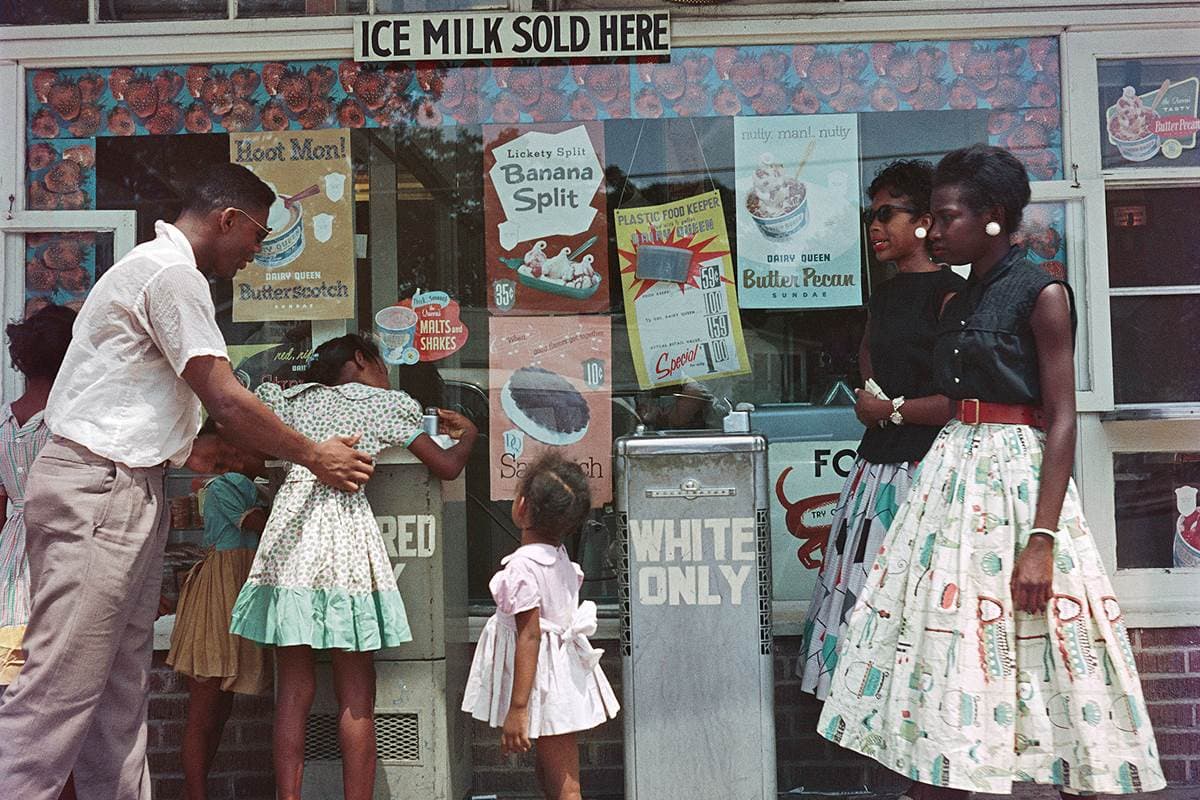

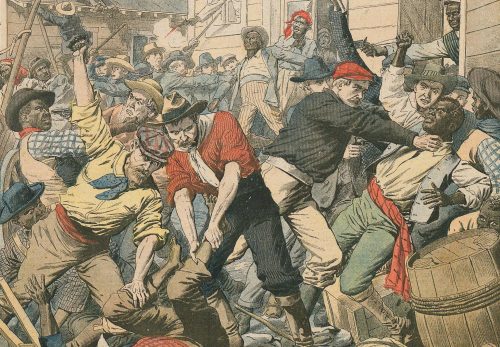

Wow!
You took the words out of my mouth, that is exactly how I feel, Wow! I have spent all 2016 searching for truth. Something has felt wrong to me with all of the police shootings, not seeing any black owned businesses around, knowing the lack of identity I have and knowing there has to be a real reason why things are as they are. I’m spreading the truth to every black person I know.
Thanks for your comment, Lisa. Continue to spread the truth.
Truth spoken!
Emet! ( Truth! )